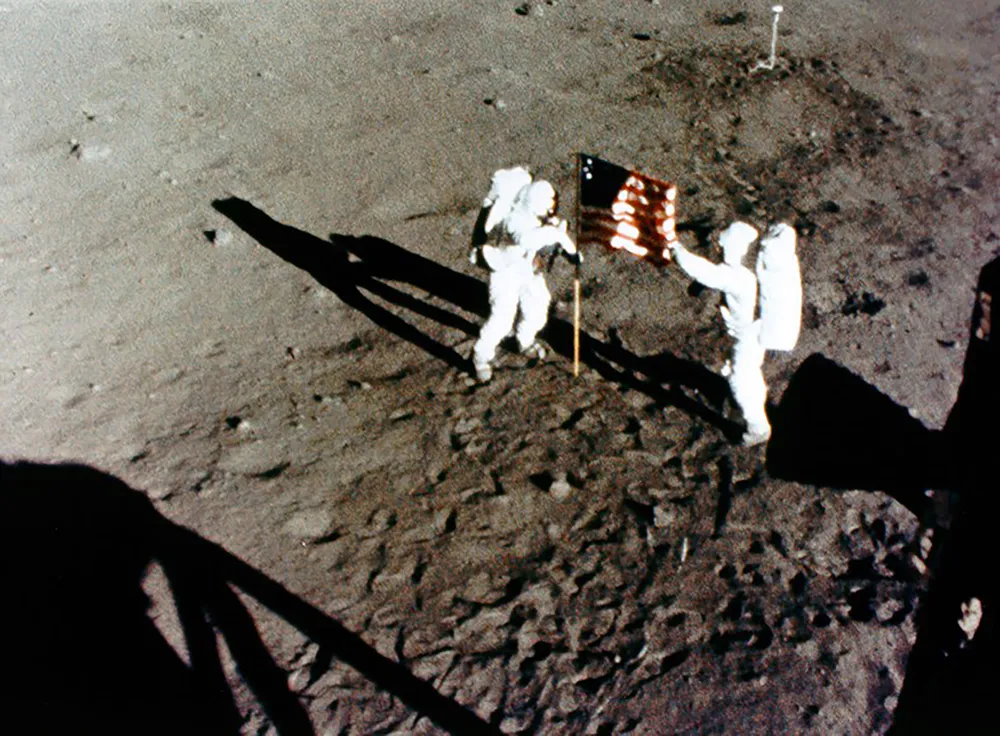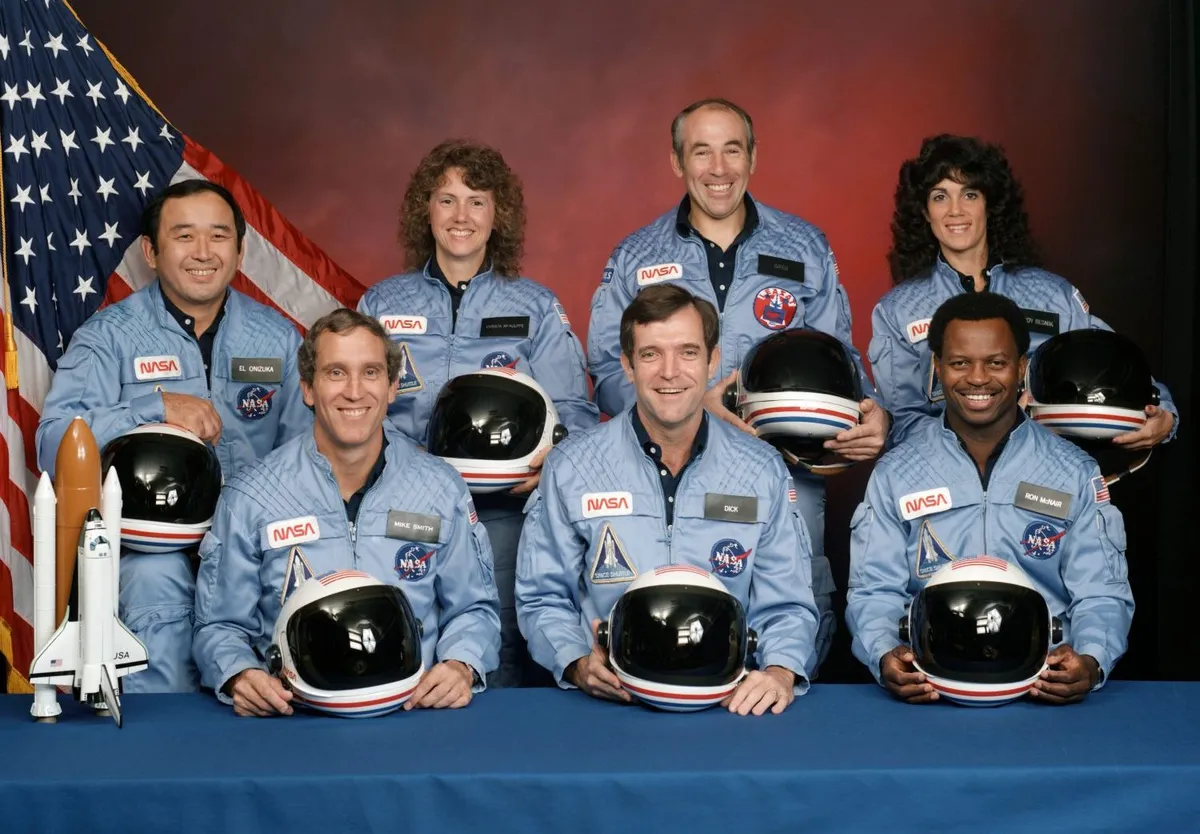Spaceflight is a risky business without a doubt, but deaths in space are remarkably rare.
In fact, technically speaking only three people have ever died 'in space' – although the total number of deaths related to spaceflight and space missions is over the 300 mark.
That’s because most spaceflight-related deaths don’t actually occur in space.
More spaceflight history

Instead, fatalities generally occur on takeoff or during reentry – or during testing, because experimental rockets do have an unfortunate habit of blowing up.
If we take the question in its most literal sense, and assume 'space' to begin at the Kármán line, 80-100km (50-60 miles) above Earth’s surface, then the only three deaths ever recorded were those of Russian cosmonauts Georgy Dobrovolsky, Victor Patsayev and Vladislav Volkov.

On 30 June 1971, the three-person crew of Soyuz 11 were returning to Earth after successfully completing a 22-day sojourn on Salyut 1, the world’s first space station, when a faulty valve caused their descent module to depressurise shortly before re-entry.
The capsule touched back down to Earth in Kazakhstan as planned, but when it was opened all three cosmonauts were found dead.
But many more astronauts have died during spaceflight.
The first was Russian cosmonaut Valdimir Komarov, who died on 24 April 1967 during the first crewed test flight of the Soyuz 1 rocket, when the parachute on his descent module failed.

November that same year would see the death of US pilot Michael J Adams.
He was conducting a test flight of an X-15 space plane (a joint NASA/USAF mission) when the craft went into an uncontrolled spin and disintegrated at an altitude of 19.8km (65,000 ft).
That’s far below the Kármán line, but as the flight had exceeded 80km (50mi) in altitude earlier in the flight, Adams was posthumously awarded astronaut’s wings.
Perhaps the most well-known space-related deaths, however, occurred on 28 January 1986, when the space shuttle Challenger disintegrated shortly after takeoff, following the failure of a booster rocket.
The seven crew members onboard – Gregory Jarvis, Christa McAuliffe, Ronald McNair, Ellison Onizuka, Judith Resnik, Michael J Smith and Dick Scobee – were all killed instantly.

Almost exactly 17 years later, on 1 February 2003, disaster would strike the Space Shuttle programme once more, when the Shuttle Columbia disintegrated on reentry, again killing all those onboard.
The crewmembers were Rick D Husband, William C McCool, Michael P Anderson, David M Brown, Kalpana Chawla, Laurel Clark and Ilan Ramon.
That makes 22 people who’ve perished during flights that traversed the Kármán line at some point (or were meant to), regardless of their altitude at the time.

Test flight fatalities
If you include astronauts who perished during test flights, dry runs, training exercises and so on, then the list would have to include:
• Soviet cosmonaut Valentin Bondarenko, who perished when fire broke out in a low-pressure altitude chamber in 1961;
• NASA’s Theodore Freeman (1964), Elliot See and Charles Bassett (1966), Clifton C Williams (1967) and Robert Henry Lawrence Jr (also 1967), and Roscosmos’s Sergei Vozovkikov (1993), all of whom died in plane crashes during astronaut training;
• Michael Alsbury, who was killed during a test flight of Virgin Galactic’s SpaceShipTwo space plane on 31 October 2014;
and of course most famously of all
• Virgil ‘Gus’ Grissom, Ed White and Roger B Chafee, the three-man crew of NASA’s Apollo 1 mission, who died of asphyxiation on the launchpad at Cape Kennedy, after a fire broke out in the cabin during a launch rehearsal on 27 January 1967.

Non-astronaut casualties
On 24 October 1960 at Russia’s Baikonur Cosmodrome, an uncrewed rocket exploded on the launchpad, killing around 120 civilian and military personnel including Marshall Mitrofan Nedolin, the Soviet Air Force officer in charge of the USSR’s ballistic missile programme.
There was another major disaster at another Russian cosmodrome (Plesnetsk) on 18 March 1980, when 48 people were killed in an explosion while fuelling a Vostok-2M rocket.
And another at Xichang in China on 15 February 1996, when a Long March rocket that was supposed to be carrying a satellite into space instead crashed into a nearby village.
The official death toll on this occasion was six, but some reports suggest up to 100 people may have been killed.
But alongside those tragic and widely reported events there have been many less-well-known accidents.
In total, at least 240 civilians have been killed by exploding space rockets, while another 50 or so deaths have been attributed to related accidents.
These include circumstances such as chemical and electrical fires during the manufacture of spacecraft or their components, asphyxiation or poisoning due to gas or chemical leaks and – in several cases – falls from tall launch towers.
That takes the total number of spaceflight-related fatalities to well over 300, and possibly nearer the 400 mark (the issue being clouded somewhat by the uncertainty about what actually happened in Xichang in 1996).
Not including Michael J Adams, 21 in-flight fatalities is the figure generally quoted by NASA when the question of how many people have died in space crops up.
As of 2025, around 680 people have travelled into space (according to the Fédération Aéronautique Internationale (FAI)’s definition), and 21 of them died as a result.
That means a fatality rate of around 3%, or one death for every 33 flights.

